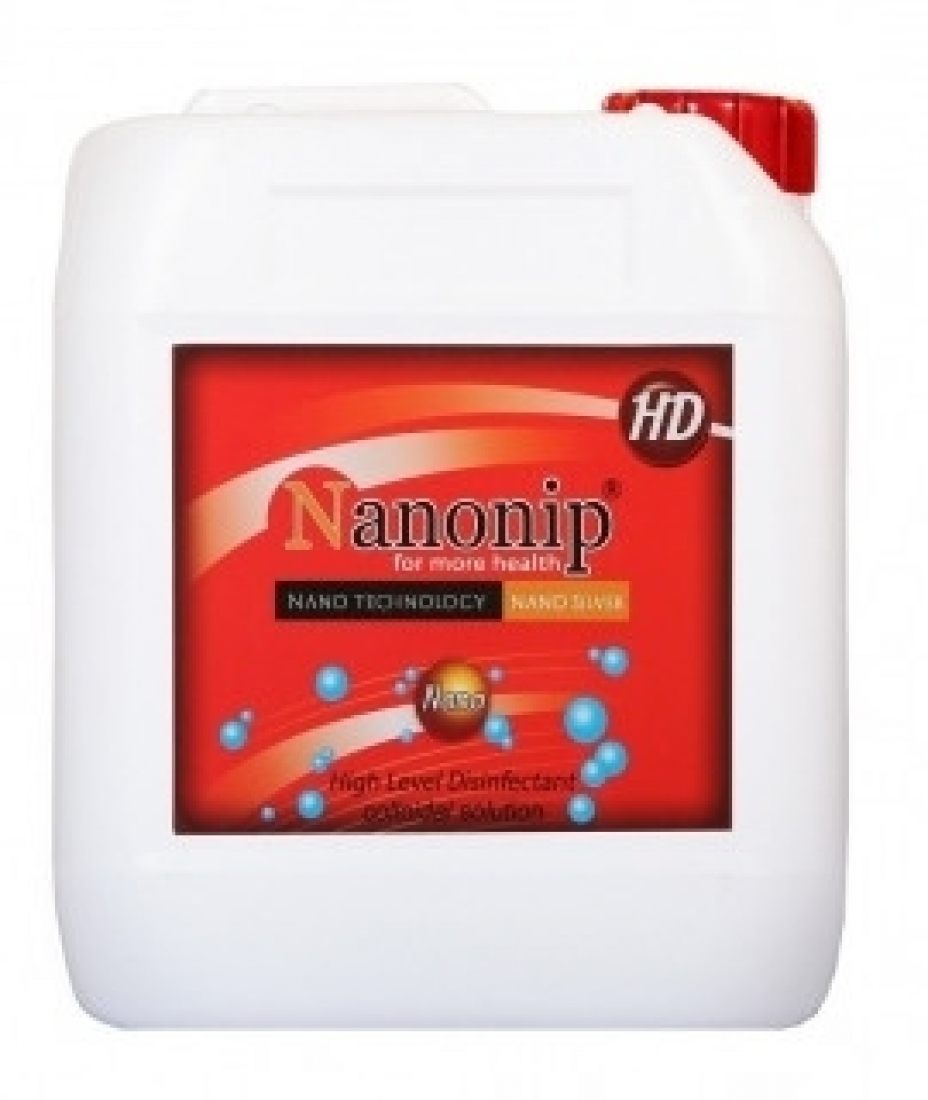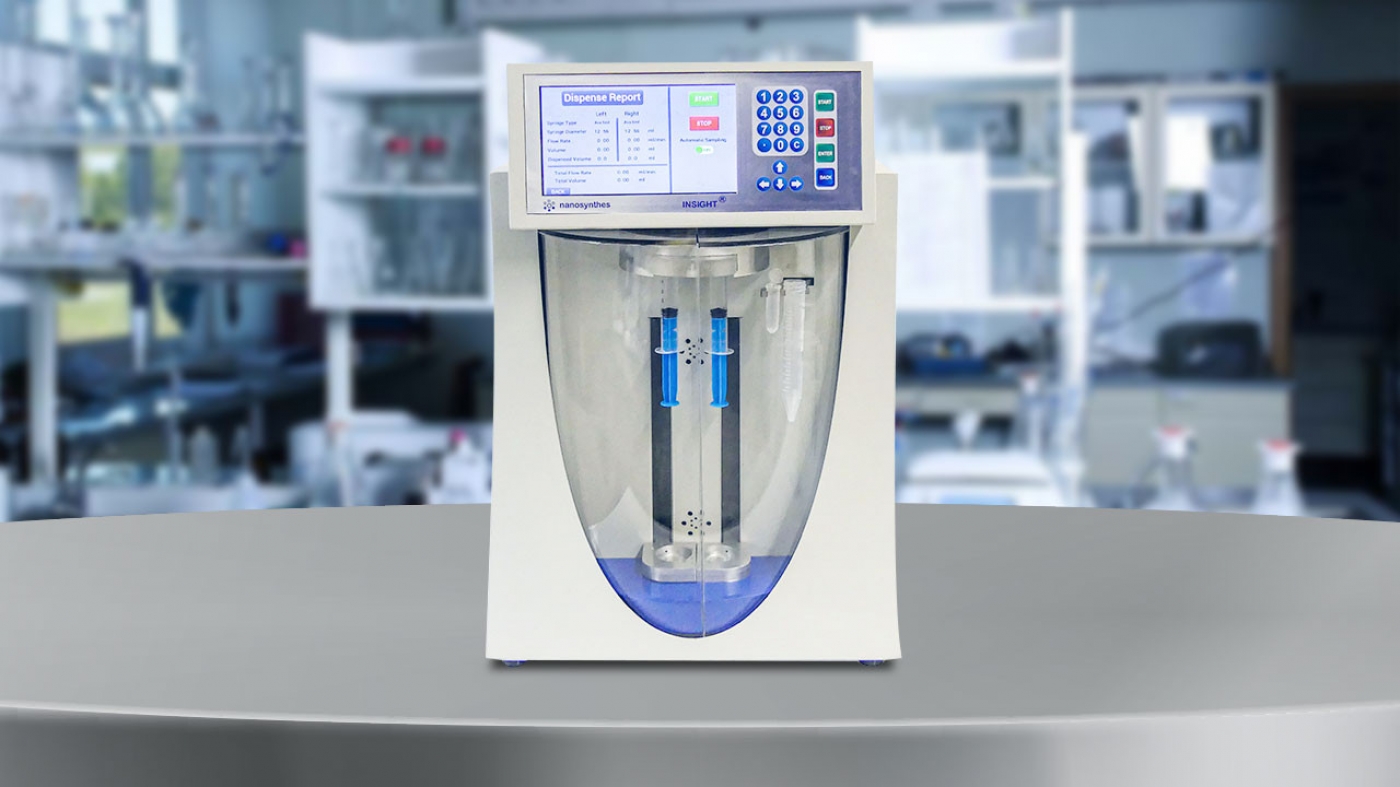A compact disc (CD) is a digital-optical device for storing information, audio, video or photos that is made in various diameters such as 120 mm or 80 or 60 mm. Conventional CDs have a diameter of 120 mm and are produced with the possibility of storing 700 MB of data or 80 minutes of audio. The CD consists of four layers. Polycarbonate plastic with a thin coating of high purity aluminum (Super Purity Aluminum) with a protective membrane made of lacquer, and finally a printed decorative layer. In these disks, the information is stored by the laser and the creation of small holes in the helical spiral grooves (Pit) on its surface. This information is encoded in binary digits on disk and read with a weaker laser and an electric eye (photocell) on optical rotating disks. In order to increase the storage capacity of information on CD, various methods are used. One of these methods is to apply a nanometer coating on the surface of the disk, which improves features such as light reflection and readability.





